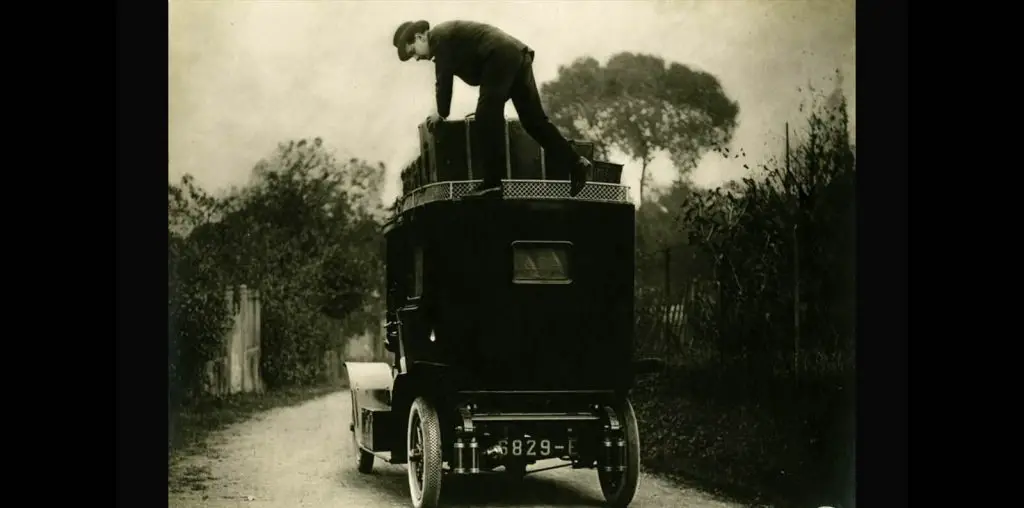
Amongst the many things this past election season reminded me of, I truly realized how people in other countries aren’t afraid to die for what they believe in. We Americans, not so much. Sure, we’ll enlist in the military and go fight when our government tells us to, but in terms of staging revolutions and standing up for rights that you believe in so strongly you’d die for them, that’s just not our bag.
The reason I was reminded of this was largely due to Steve McQueen’s (no relation) excellent film “Hunger,” which deals with the IRA prisoner hunger strike in the 1980s. As apprehended and convicted IRA members are being packed into antiquated prisons by the truckload, many of them are protesting their imprisonment by refusing to bathe or be clothed in prison garments. The prisons are stuffed to the gills and most cells have two inmates, which gets us into the story of Bobby Sands (Fassbender), a charismatic IRA man serving 12 years in prison.
His new cell mate only has a mere 6 year sentence but quickly falls into the prison protests by joining Sands in wiping s**t on the walls as well as staging ways to get all the inmates urine out the prison door into the hallway at the same time. Yes, “Hunger” is a fairly nasty affair and we don’t even get to the starvation part until the third act. In fact, between the nasty protests and severe beat downs given to the prisoners by the guards, by the time Sands agrees to go on a hunger strike with several of his fellow inmates, we’re so worn down by the lead-up, the starvation scenes have an almost calming effect.
While I’m seriously sick of the emaciated actor routine made famous by Christian Bale, McQueen looks at things differently. As such, the transformation Michael Fassbender goes through is meditative as well as physical and doesn’t feel like a showy “look at me! I’m staved!” kind of role (although the wafer thin appearance he takes on is shocking). Throughout “Hunger,” McQueen studies the physical form with languid shots and close-up views of horrific violence but doesn’t glorify either. Rather he seems to fetishize the human form, particularly in the opposite of all it’s glory, as blood flows or bruises well up on a face.
Also interesting is the fact that there’s almost no dialogue throughout “Hunger,” save one 15 minute long take right smack in the middle of the film. Sands meets with a priest (Cunningham) on the cusp of the hunger strike and the two discuss the morality of a hunger strike which, if successful, is suicide. The scene is brilliant in that everything we need to know about Sands and what he is fighting for and why gets laid out right then. While I’m still a little unclear on who was fighting for what (and the film does nothing in terms of a history lesson) after the long take, I believed in what Bobby Sands was fighting for. While “Hunger” is a very brutal film, it also taps into human emotions and, in the end, asks what would we be willing to die for or, better, what could we truly not live without?
